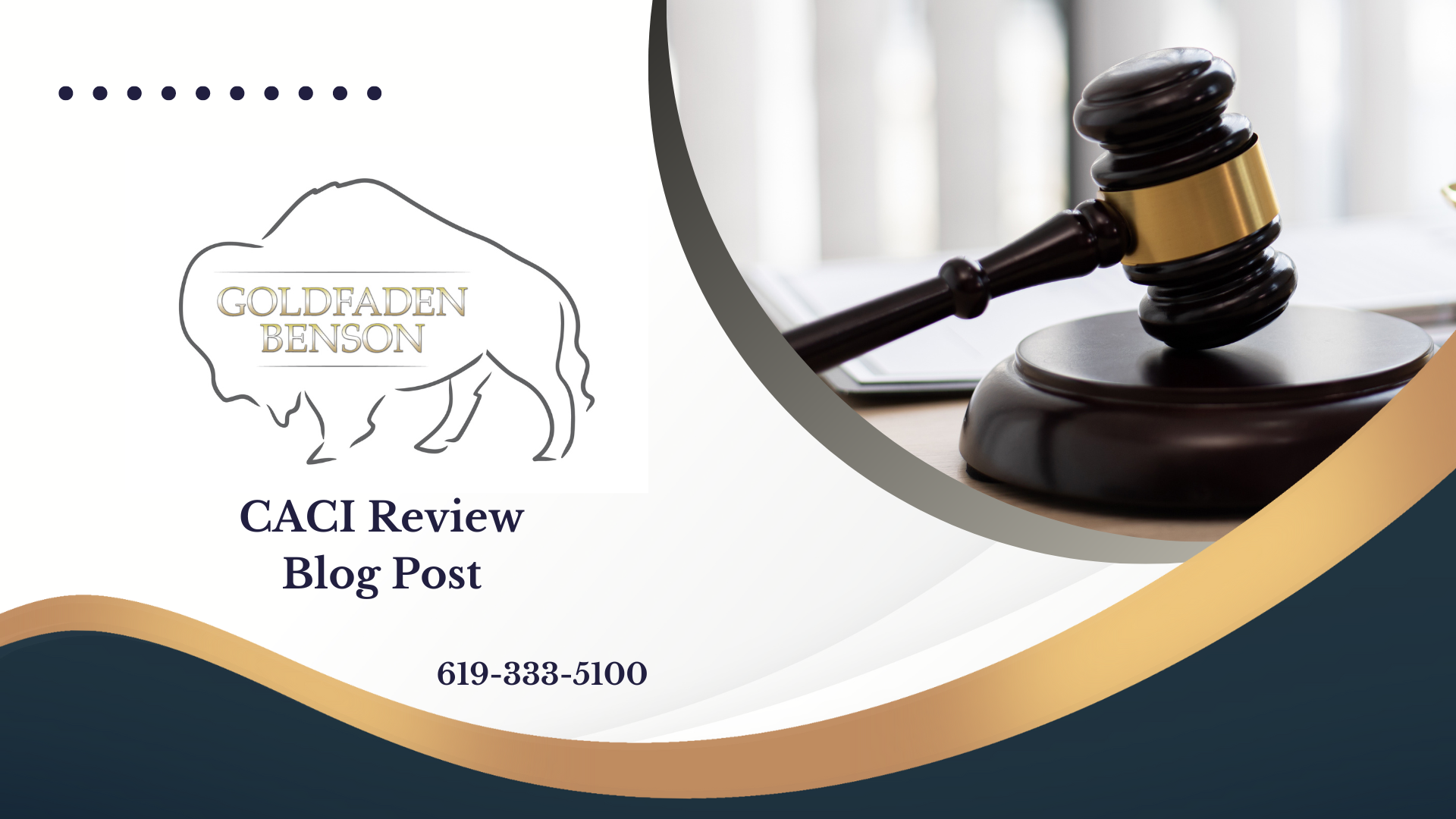Understanding Negligence Claims in California
When it comes to personal injury law, one of the most common types of cases filed is negligence. But what exactly does this mean, and what does a plaintiff need to prove in order to win a negligence claim? Today, we’ll break down this complex area of law into easily understandable terms.
What is Negligence?
At its core, negligence refers to a failure to take reasonable care that results in harm to another person. Think of it this way: if someone acts carelessly and causes an injury, they may be held liable for that injury due to their negligence.
Essential Elements of a Negligence Claim
In California, to successfully prove negligence, a plaintiff (the person bringing the lawsuit) must establish four key elements:
1. **Duty of Care**: The defendant (the person being sued) must have owed a duty of care to the plaintiff. This means that the defendant had an obligation to act with the level of care that a reasonably careful person would use under similar circumstances. For instance, drivers owe a duty of care to others on the road.
2. **Breach of Duty**: Once the duty of care is established, the next step is showing that the defendant breached that duty. This could involve actions such as speeding, texting while driving, or slipping on a wet floor without proper signage indicating the hazard.
3. **Causation**: The plaintiff must prove that the defendant's breach of duty caused the injury. This entails showing both actual cause (the injury would not have occurred but for the defendant's actions) and proximate cause (the injury was a foreseeable consequence of the defendant's actions).
4. **Damages**: Finally, the plaintiff must demonstrate that they suffered some sort of harm or damages as a result of the defendant's negligence. This could include medical expenses, lost wages, pain and suffering, or other related costs.
Connecting It to Real Life
Consider a simple scenario: Jane is driving her car and gets distracted by her phone. As a result, she crashes into another car, injuring the other driver, Mark. Mark can file a negligence claim against Jane by establishing that she had a duty to drive safely, she breached that duty by texting, her texting was the cause of the crash, and ultimately, she caused his injuries and damages.
The Importance of Seeking Legal Help
Navigating a personal injury case can be complicated, especially when it comes to understanding laws and regulations that vary by state. If you or someone you know is considering a negligence claim or has been injured in an accident, it’s always a good idea to seek legal counsel. An experienced personal injury attorney can guide you through the complex legal process and help you build a strong case.
At Goldfaden Benson, we specialize in personal injury law, and our dedicated team is here to help you understand your rights and legal options after an injury. If you have questions or would like a consultation, please don’t hesitate to reach out to us today.
How has your understanding of negligence changed after reading this? We’d love to hear your thoughts.








